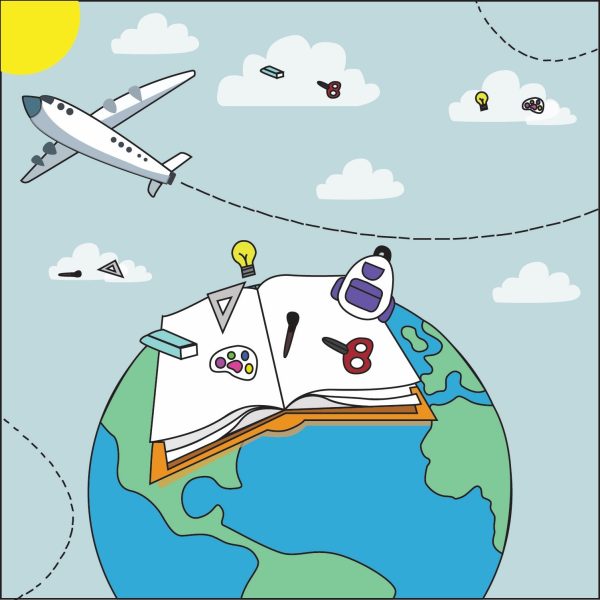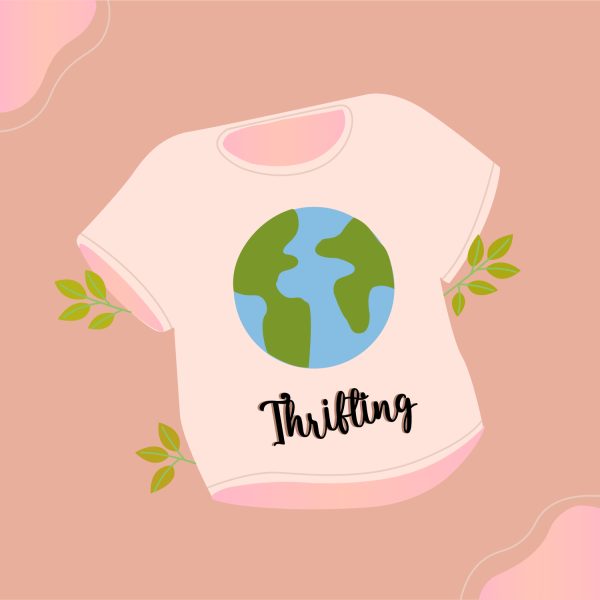COVID Safety in Schools
February 10, 2022
In December of 2019, a new disease in Wuhan, China, was discovered. It has now officially been over two years since the start of the COVID-19 pandemic. Senior Kyra Schwartz states, “I don’t think it’ll ever end.”
As communities around the world attempt to combat the spread, many are left to wonder how long remains in quarantine, how safe they are, and if the current ways of preventing cases are enough to someday end the pandemic.
As COVID-19 ravages the country, school districts deliberate over what to do to keep their students safe. Although there is not one agreed upon perfect answer, masks and a general social distancing rule seem to be what many have settled upon. Unfortunately, due to schools’ often very dense student populations as well as the extended amount of time spent in close proximity to one another, it can be easy to see why these guidelines may underperform. Whitney Scott, a reporter for the Inquirer says: “At mealtimes, large groups of children, many of whom have carefully worn their masks all day, collectively remove their masks to eat lunch. Or to have snacks in the classroom. Sometimes they may be six feet apart. Often they aren’t, as most schools don’t have the physical space to keep students adequately separated. What is the point of carefully enforcing mask use all day to then have all of them simultaneously remove them?” Some schools around the country have even stopped enforcing masks at all.
Junior Amaris Zelaya states, “I think they should be a little more strict,” while freshmen Inhe Cui states, “People aren’t wearing masks enough.” The CDC announced on Dec. 27, “People with COVID-19 should isolate for five days. Follow that by five days of wearing a mask when around others to minimize the risk of infecting people they encounter.” After seeing a jump in COVID cases across America after the school year started, parents understandably feared sending their kids to a public area with a dense population. As CNN reported on Jan. 11, “Pediatric hospitalizations have already far surpassed previous peaks – with nearly 5,000 children currently hospitalized with confirmed or suspected Covid-19. That’s nearly double the previous peak from September during the Delta surge.” So it is possible relaxed safety guidelines have a connection to higher COVID-19 rates in schools according to the CDC, which reports “significant secondary transmission of SARS-CoV-2 infection has occurred in school settings when prevention strategies are not implemented or are not followed.” Sophomore Brendan Chytil states, “People are dumb and choose not to wear masks.”
Despite all the efforts around the nation to keep COVID-19 cases down, America leads the world in number of COVID-19 cases with over 75.6 million as of Feb. 4 according to TheNewYorkTimes. With that number rising significantly as the days pass as well as major jumps likely due to traveling and holidays, NBCnews reports Jan 11 that “at least 1,343,167 new Covid infections were identified Monday, according to the tally, beating the previous record of 1,044,970 cases, set on Jan. 3, by nearly 300,000.” Around the entire world this is one of, if not the highest amount, of new COVID cases a single country has reported in a day.
As many schools across the United States are still in person, safety precautions may not be enough to keep students and staff safe from potential infection. California State Senator Richard Pan, a pediatrician whose legislation has strengthened oversight of vaccine exemptions in previous years, says in an interview LAtimes, “We need to make sure schools are safe so that all parents are comfortable sending their children to school. And we want to keep schools open.” During these times, many debates have recurred over and over again on what to do to keep schools open while also keeping people safe, with many arguing that guidelines are too relaxed due to the lack of requirements for masks during lunch. Many are split upon whether or not children and teens should still be in school due to the controversial safety guidelines that schools struggle to enforce among their student population. With the recent holiday season ending, many have come back from traveling, which could potentially be another cause for the jump in COVID-19 cases as of recent times.
Looking forward, there could be brighter days ahead as more of the country gets vaccinated. CNN states, “This varies week to week, but in the last week of November, CDC data shows that hospitalization rates were about 17 times higher for unvaccinated people than for fully vaccinated people.” Overtime, as more people get vaccinated or receive a booster shot, the number of active cases will hopefully decrease. The rising demand for schools to keep students safe may help encourage those who are unsure about vaccines to get them.
As states struggle to keep COVID-19 cases down, especially with schools often times being in person, schools look for new ways to keep students safe while staying in person.




